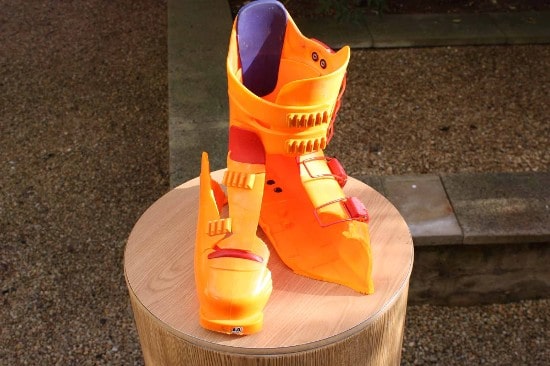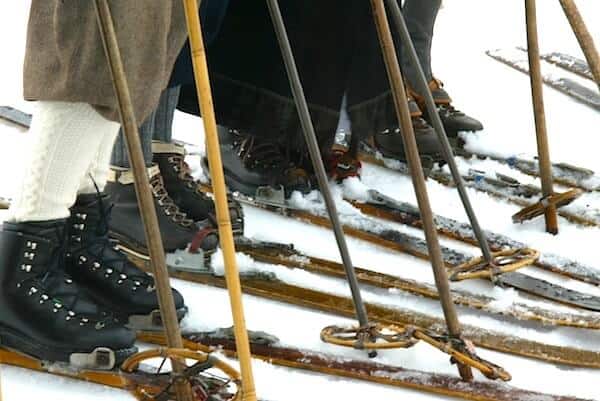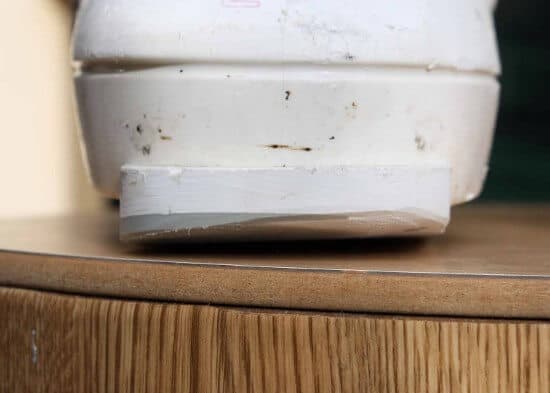
Putting aside topics such as comfort, alignment and canting, I wanted to address some of the most important and often overlooked aspects of skier safety: ski boots.
Letting go of your old favourites
On my last trip to Kitzbuhel I was absolutely astounded by the number of vintage ski boots that I saw people wearing – boots that were well over 15 or 20 years old. It seems that while many people spend years trying to find ski boots that are comfortable, others can’t bring themselves to replace boots they have owned for years with something more current. However, they could be inadvertently placing themselves – and others on the mountain – at risk of serious injury.
The problem is that back in the 70s and 80s, ski boots were made of materials that were simply not intended to be used 25 years down the line. Over time, materials degrade through the stresses of skiing, being constantly frozen and warmed up again, as well as from walking around. In some cases it is also because of customisation to the shell itself.
Although I don’t want to sound too alarmist, if your boots are over ten years old, you should seriously think about investing in a new pair. If they are older still, then you should have them checked by a qualified ski technician to make sure they are safe. Experienced ski techs will know which types of boot have a history of problems and will check the key areas.
Replace the toe and heel lugs
There are a few things that you can look for at home to help you decide if the time has come to retire your ski boots. Turn them upside down and check the toe and heel lugs (the parts of the sole that you click in and the binding grips onto). As the interface between skier and ski, this is a critical area so makes sure they are not too worn.
The DIN and ISO standards are very specific about the amount of reasonable wear on a boot toe or heel before it should be replaced or no longer used in a ski binding. Heavily-worn toe and heel lugs affect the way the binding functions and could lead to premature binding release and serious injury.
However, on many boots sold over the last two decades, you can remove worn toe and heel lugs and replace them with new ones to combat this problem.
If you are concerned about your boots, contact me and I will be happy to assess them free of charge. Outdoor Traders is offering a free bio-mechanics assessment and boot assessment to all welove2ski followers.















Ski boot owners: when was the last time you invested in a new pair? https://t.co/VApVdxzO
RT @welove2ski: Ski boot owners: when was the last time you invested in a new pair? https://t.co/VApVdxzO
@welove2ski 2 seasons ago and now my feet are swimming around in them like boats! Need new ones….what do you recommend for w/2012?
RT @welove2ski: Ski boot owners: when was the last time you invested in a new pair? https://t.co/T3RP4wLA
@BelledeNeige best to contact the writer of the feature for an opinion
@welove2ski thanks I will….
RT @crystalski: RT @welove2ski: Ski boot owners: when was the last time you invested in a new pair? https://t.co/T3RP4wLA